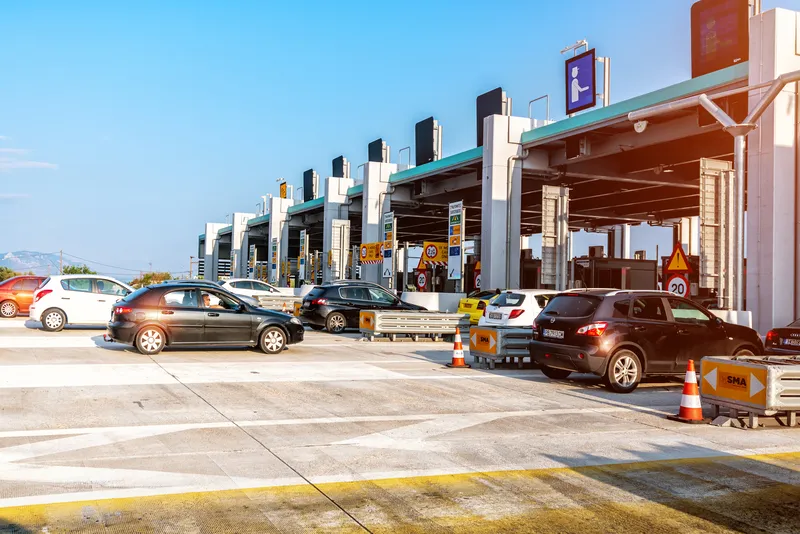From early November 2015, the multi-million pound Humber Bridge project will introduce the UK's first electronic toll collection (ETC) and open-road tolling system to the bridge, enabling motorists who apply for a HumberTag account to pay the toll automatically using an electronic tag linked to a personal online account.
The middle lanes of the bridge won’t have any booths and will be for account holders only – enabling drivers to cross the bridge without stopping. The outside lanes will still have booth
July 22, 2015
Read time: 1 min
From early November 2015, the multi-million pound Humber Bridge project will introduce the UK's first electronic toll collection (ETC) and open-road tolling system to the bridge, enabling motorists who apply for a HumberTag account to pay the toll automatically using an electronic tag linked to a personal online account.
The middle lanes of the bridge won’t have any booths and will be for account holders only – enabling drivers to cross the bridge without stopping. The outside lanes will still have booths with electronically controlled barriers.
Bridge users will be able to apply for a HumberTAG account from the beginning of September; the HumberTAG website will go live in October, allowing users to apply for and manage their account online.
The new system will go live during early November, with bridge customers using their HumberTAGs and the open-road toll lanes.
The middle lanes of the bridge won’t have any booths and will be for account holders only – enabling drivers to cross the bridge without stopping. The outside lanes will still have booths with electronically controlled barriers.
Bridge users will be able to apply for a HumberTAG account from the beginning of September; the HumberTAG website will go live in October, allowing users to apply for and manage their account online.
The new system will go live during early November, with bridge customers using their HumberTAGs and the open-road toll lanes.










